Hello I am learning about survival analysis and I was curious if I could use the survival package on survival data of this form:
Here is some code to genereate data in this form
start_interval <- seq(0, 13)
end_interval <- seq(1, 14)
living_at_start <- round(seq(1000, 0, length.out = 14))
dead_in_interval <- c(abs(diff(living_at_start)), 0)
df <- data.frame(start_interval, end_interval, living_at_start, dead_in_interval)
From my use of the survival package so far it seems to have each individual be a survival time but I might be misreading the documentation of the Surv function. If survival will not work what other packages are out there for this type of data.
If there is not a package or function to easily to estimate the survival function I can easily calculate the survival times myself with the following equation.




